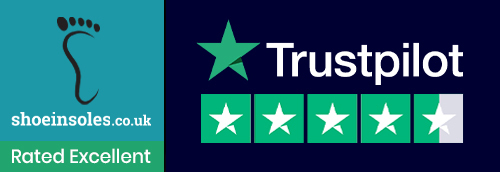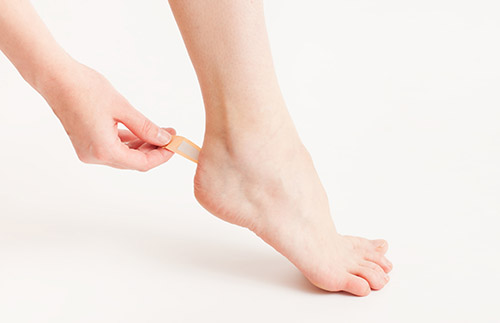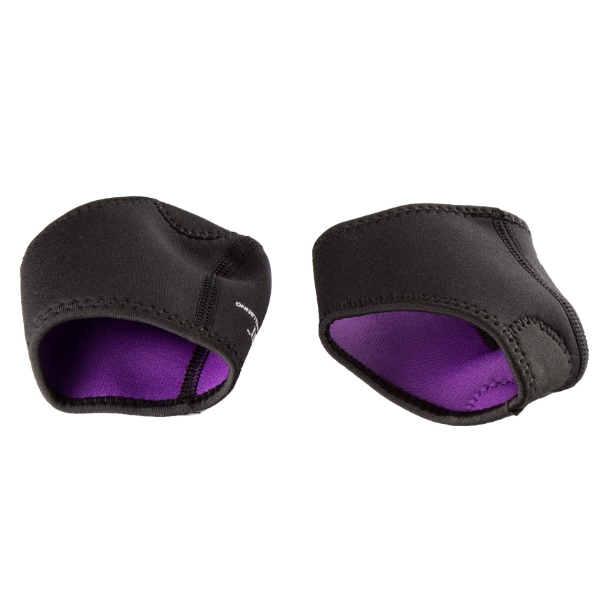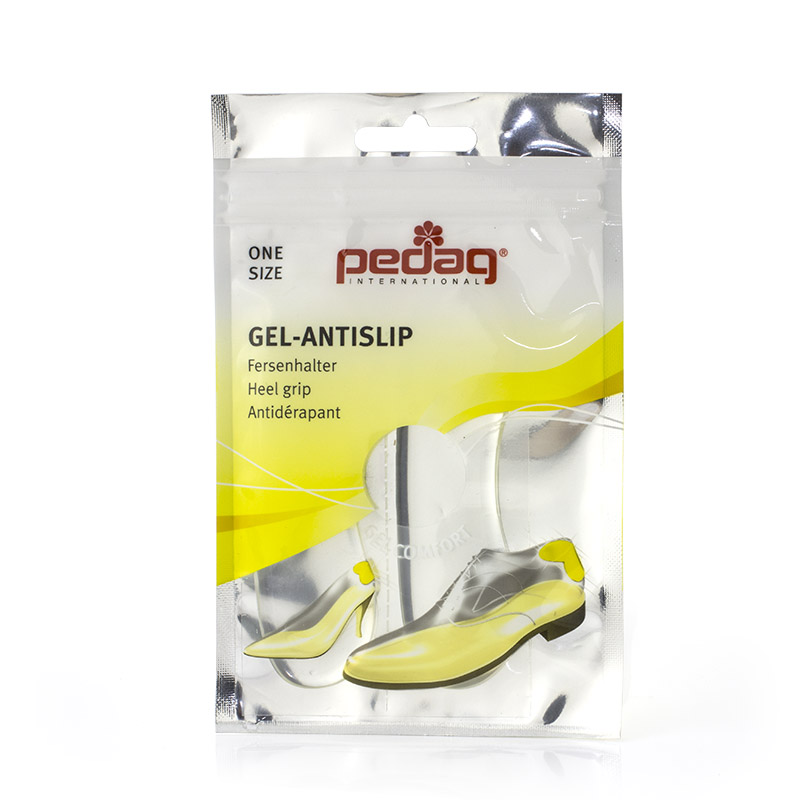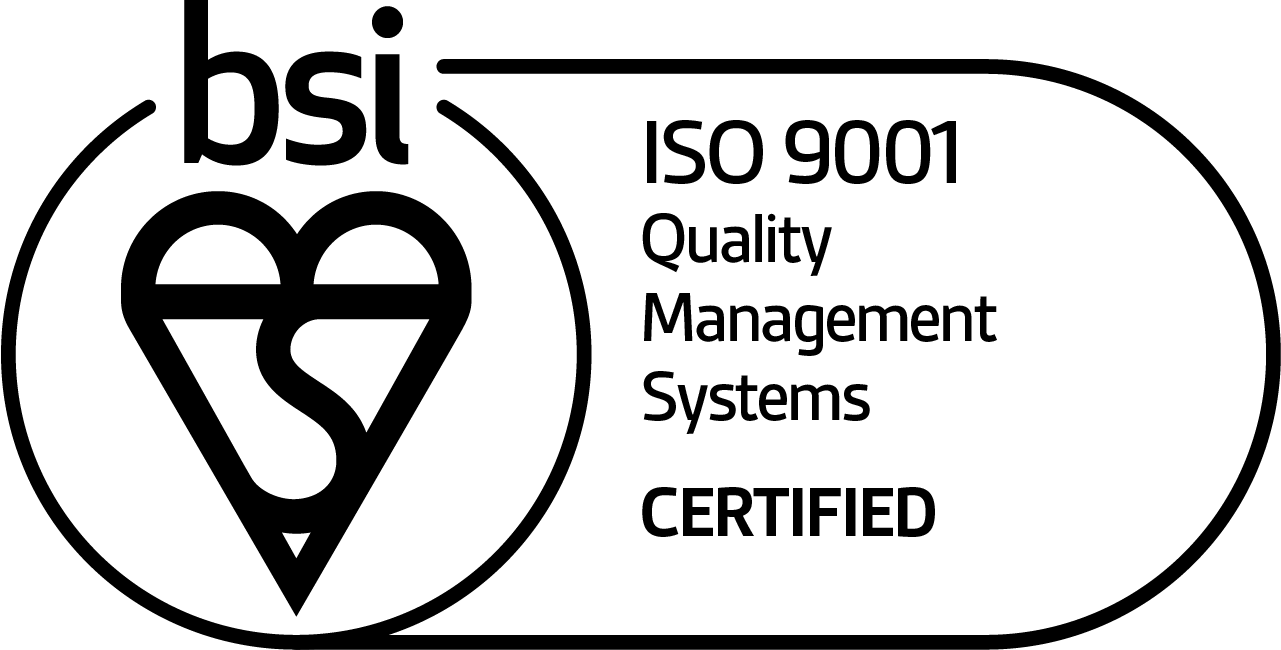| How to Treat Blisters22 March 2021 Blisters are fluid-filled pockets that form under the skin when it has been damaged. They are usually the result of rubbing or pressure, which is why they commonly occur on the feet. While seemingly insignificant, blisters can cause a lot of pain and discomfort and can be surprisingly hard to treat. The good news is that there are a number of steps that you can take to relieve the pain caused by a blister, encourage fast healing, and prevent the formation of blisters in the future. Blisters 101Blisters on the feet usually form when the skin rubs continually against a shoe or sock. Initially, the rubbing will cause irritation and inflammation, and when this continues, or pressure is placed on this area of skin, small tears can occur in the skin. In an effort to protect the underlying tissue, the body will then fill the opening that has formed between the layers of skin with clear fluid. If there are blood capillaries at the site of the blister, it may fill with a mixture of fluid and blood. While this may look alarming, the blood blister should heal in the same manner (and in the same period of time) as a "normal" clear blister.
Don't Burst Your BubbleWhen you pop a blister, you're actually inhibiting your body's natural healing process, exposing the damaged tissue to dirt and germs, and therefore increasing the risk of infection. If the blister is left to perform its function, the damaged tissue will heal and the fluid will be reabsorbed into your body in about one week. Once popped, the blister is not only more likely to become infected, but will also be more painful if further rubbing occurs, and will take longer to heal. So, no matter how tempting it is, don't pop your blister! If the blister happens to burst by itself (something that often happens when a blister forms on a toe), allow the fluid to drain naturally, then cover the blister with a sterile dressing or blister plaster. Be sure to change the dressing daily, and consult a doctor if the sore becomes infected. Help It HealThe key to quickly healing a blister is to protect it against further rubbing and pressure. Placing a protective plaster or guard over the blister will not only keep it intact and encourage it to heal, but will also likely reduce the pain caused by the blister. You can encourage healing and prevent friction with the following products: Best Anti-Blister Heel Sleeves
Prevention is Better Than CureHeel plasters and heel sleeves are great for preventing rubbing – both to heal and prevent blisters. You can also try the following products to prevent the formation of blisters on your feet: Best Non-Slip Heel Grips for Blister
Do you have a question, or something to add? Why not let us know in the comments, or find us on Twitter and Facebook! |
